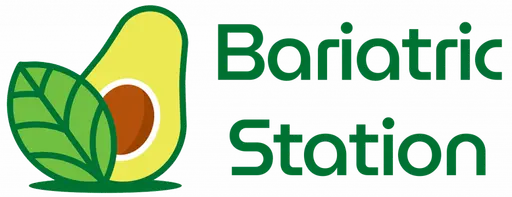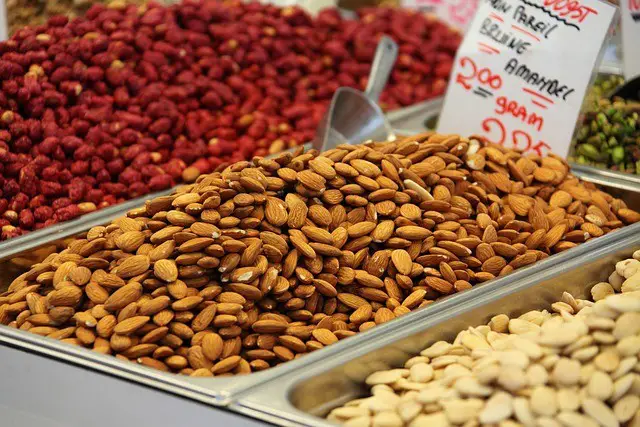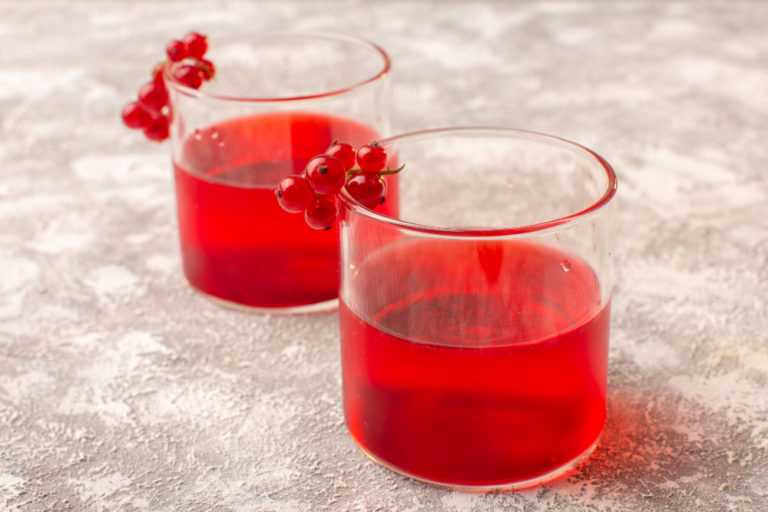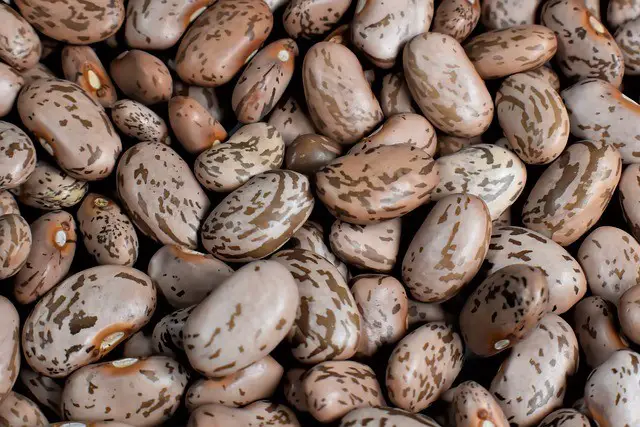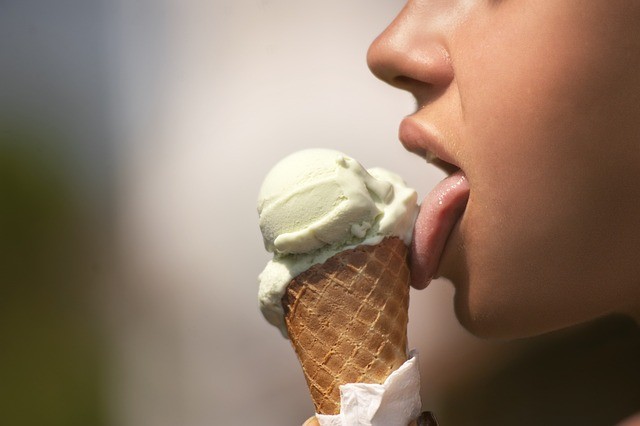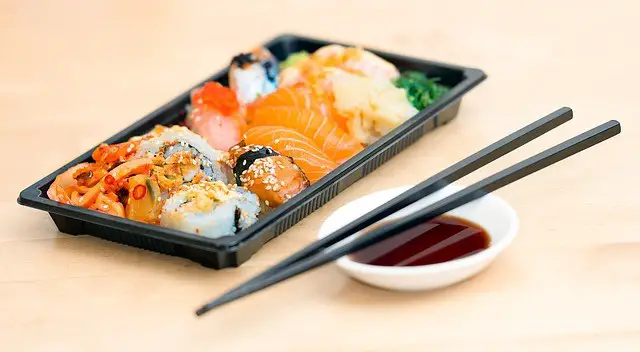When following low-carb diets, we are too quick to focus on the net carbs and total carbohydrates we consume, because this is what we know affects our blood sugar. But is there more to low-carb foods than the starches and sugars in the diet?
Today, we want to look into the different types of carbohydrates that affect your carb intake, and zero in on one specific kind of carbs that plays a role in blood sugar control. We will look at what fiber is, does fiber intake affects how many carbs you consume, what high-fiber foods are, and which fiber-rich foods are low in carbs.
Why is all this necessary? High fiber intake has very many benefits for the body. However, when on low-carb diets, not all high-fiber foods are fiber-low-carb foods. So, keto dieters need to know which high-fiber foods will not affect their carb intake kicking them out of ketosis.
Carbohydrates Overview: What to Know on Carb Intake
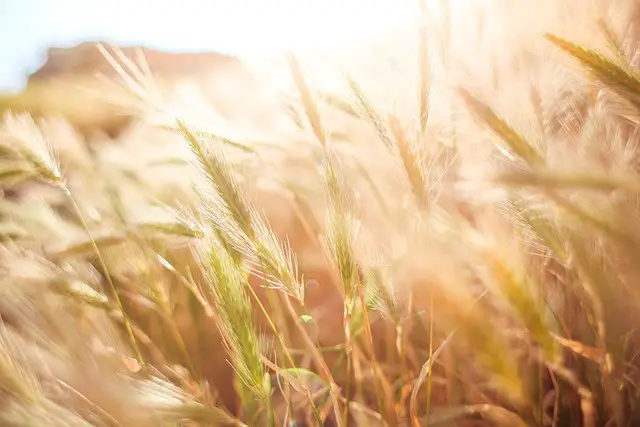
In a low-carb diet, the basic rule of thumb is to lower your carb intake. This is to reduce your blood sugar levels and lower insulin levels, forcing your body into ketosis, which is the breakdown of fat to produce ketones for energy. The short story is you lower carb consumption for blood sugar regulation.
But what are carbs? Are there carbs that do not affect your blood sugar levels? Let’s find out!
Carbohydrates are the body’s main source of energy. They are broken down to produce glucose which your body uses to fuel its metabolic functions. There are three types of carbohydrates classified based on complexity and size:
Starches
Starches are one form of carbs broken down for energy. There are three types of starches namely:
- Slowly digestible starch: these are starches that take longer to be metabolized and absorbed into the bloodstream.
- Rapidly digestible starch: These kinds are digested at a faster rate, and they are gotten from highly processed and refined foods.
- Resistant starch: these are the indigestible type of starches. What happens to these is they are fermented by the gut microbiome in the large intestine, and they promote gut health.
A good low-carb diet will include foods high in slowly digestible and resistant starches and fewer foods rich in rapidly digestible starches.
Sugars
Simple sugars are rapidly broken down into glucose for the body to use for energy. The types of sugars found in carbohydrates include:
- Fructose and sucrose: Fruits and vegetables
- Lactose: Milk
Natural sugars can spike your blood sugar levels but consuming them has nutritional benefits for the body. It is important to note that added sugars contribute to the calories you consume but lack any potential health benefits to your body.
Sugar Alcohols
Sugar alcohols are a type of carbohydrate with a similar structure to sugar and alcohol. These carbs do not contain ethanol. Sugar alcohols usually contain half the calories of regular sugar and may or may not affect net carbs.
Natural sugar alcohols are found in fruits and vegetables and have a less significant effect on your blood sugar. Although, those sugar alcohols produced from processing sugar found in salad dressings and condiments can significantly affect blood sugar.
These carbs are not digested they are okay in the keto diet. Some will affect your carb count others will not.
Dietary Fiber
Dietary fiber is a type of carb from plant foods that goes through your digestive tract without being digested. Before we move on, it is important to look into an important aspect of carb counting that is vital in ensuring you eat fewer carbs on a ketogenic diet.
Total Carb Vs Net Carb
Total carbohydrates or total carbs refer to the complete carb content of a food, that is all the types of carbs mentioned above accounted for.
Net carbs account for the types of carbs your body can digest and absorb and can affect your blood sugar. As discussed above, starches and sugars are the digestible carbs in food. To get net carbs, you will take the total carbs minus fiber and sugar alcohols.
Now, we need to understand fiber in depth since low carb fiber is the star of the show today after all!
What is Fiber?
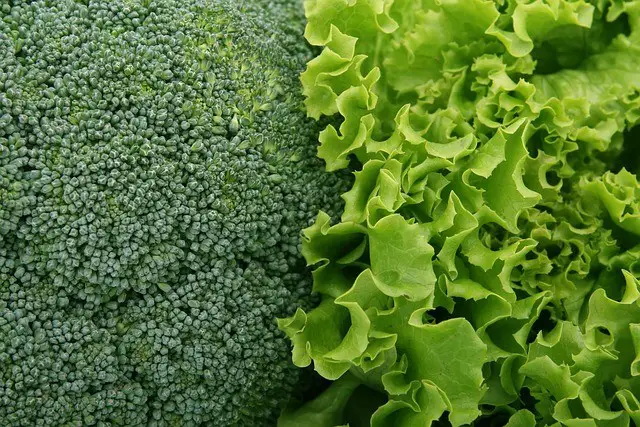
Have you ever had of something called roughage? Roughage also refers to dietary fiber, a type of complex carbohydrate that is not broken down in the mouth and stomach, but fiber passes straight to the small intestine and colon intact and is passed through stool.
Dietary fiber unlike other types of carbs does not contain any essential nutrients but is important because it is food for your good bacteria. There are two types of fiber in your diet:
Soluble Fiber

Soluble fiber is the slow digestion kind of dietary fiber that takes longer to release glucose and for it to be absorbed into the bloodstream. High-fiber foods rich in soluble fiber are the kind great for diabetics because one, they will not add to your net carbs, and two they do not spike your blood sugar.
Another great perk of soluble fibers is they bind with fatty acids helping to reduce low-density lipoproteins (LDL cholesterol), further improving the lipid profile. The common types of this fiber include inulin oligofructose, mucilage, beta-glucans, pectin and gums, polydextrose polyols, psyllium, resistant starch, and wheat dextrin.
Insoluble Fiber
When asked what the role of fiber intake is to the body, most people’s response is to prevent constipation. But do you know what type of fiber is associated with these health benefits? Now you know! Insoluble fiber keeps you hydrated and helps move stool through your intestines preventing constipation.
The common types of insoluble fiber include cellulose, some hemicellulose, and lignin. Low fiber intake has been associated with constipation and irregular bowel movement.
Functional Fiber
These are types of fibers isolated from starchy foods or manufactured sugars and starches that are non-digestible and have similar health benefits to dietary fibers. The fiber supplements you take contain functional fibers and they also do not contribute to your net carbs. If you do not get enough fiber from your diet, you can add more fiber by taking supplements rich in functional fiber.
Why are you advised to increase the intake of high-fiber foods in a healthy diet?
Health Benefits of Fiber
Here’s why fiber is important in your diet:
Weight Loss

Fiber promotes weight loss by increasing satiety and lowering hunger levels which reduce food intake. A study was done to assess the role of dietary fiber as a predictor of weight loss in individuals consuming fewer calories resulting in weight loss and dietary adherence.
Another review investigating the effects of dietary fiber on appetite, energy intake, and body weight showed that viscous fibers like pectin and guar gum reduce appetite more (59%) than the less viscous varieties (14%). The more viscous variety also lowered energy intake more than their counterparts. They were all effective in helping you lose weight.
Research has shown that eating high-fiber foods is effective in helping to lose weight.
Blood Sugar Regulation
A study was done to assess the efficacy of a low carbohydrate, ketogenic diet vs a low glycemic index, low-calorie diet. The result showed that both interventions improved fasting blood glucose, hemoglobin A1c, fasting insulin, and weight management.
Those who consumed very few carbs had a greater improvement in body weight, hemoglobin A1c, and high-density lipoprotein than those on a low glycemic index diet.
A meta-analysis of randomized controlled trials assessed the effects of high-fiber diets on glycemic control. Consuming a high-fiber diet or supplements containing soluble fiber reduced values of glycated hemoglobin by 0.55% and fasting plasma glucose by 9.97 mg/dL.
A review was done to synthesize the therapeutic effect of viscous fiber supplementation on glycemic control in type 2 diabetes. A median dose of 13.1g/day of viscous fiber significantly reduced HbA1c, fasting blood glucose, and HOMA-insulin resistance. This shows that daily fiber intake of soluble fiber can help regulate blood sugars.
Improved Lipid Profile
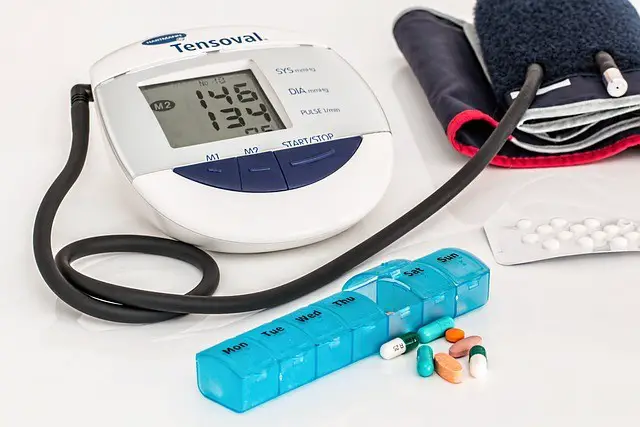
A high-fiber diet can help you control your blood cholesterol promoting heart health. Research has shown that increasing the intake of foods with a high fiber content has impressive health benefits in preventing cardiovascular disease.
A review assessing the effectiveness of dietary fiber for the primary prevention of heart disease showed the beneficial effects of fiber on total cholesterol. Fiber can lower LDL cholesterol levels and significantly reduces systolic and diastolic blood pressure.
Relieves Irritable Bowel Syndrome
Other than being good for heart health, fiber can be good for relieving the symptoms of irritable bowel syndrome. Symptoms of this disorder include indigestion, diarrhea, and irregular bowel movements. Most studies have shown that soluble fiber can be beneficial to the said disorder.
Improved Immune System
Getting enough fiber can regulate your metabolism and lower the risks of disease. Fiber is a probiotic for the good bacteria in your gastrointestinal tract, which promotes healthy digestion and absorption of food.
It can also help in reversing the effects of chronic diseases like type 2 diabetes, cancer, and heart disease.
Promote Bone Health

Some soluble fibers (prebiotics) enhance the bioavailability of minerals like calcium in food. Calcium helps increase bone density promoting bone health. Prebiotics’ mechanism of action to strengthen bones includes improved mineral absorption, altering gut microbiota composition, production of short-chain fatty acids, biomarker modification, and immune system regulation.
Other health benefits are longevity, detoxification, and regulating bowel movements.
Which are High Fiber Foods?
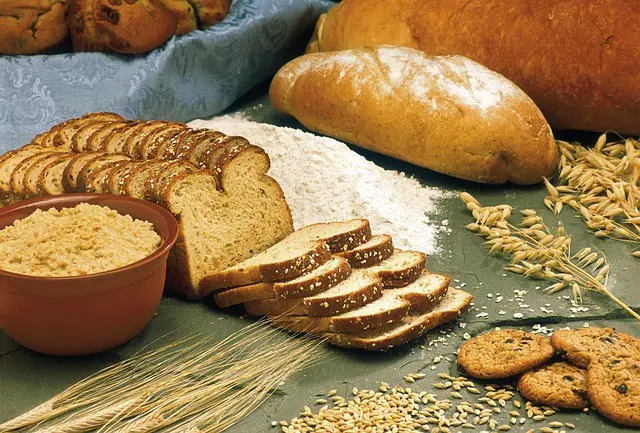
Foods that are rich in fiber include:
- Legumes: green beans, lentils, kidney beans, black beans, split beans, pinto beans, and chick beans.
- Whole grains: wheat, barley, oats, millet, bran, whole grain bread, and sorghum.
- Nuts: macadamia nuts, cashews, unsweetened coconut meat, pistachios, hazelnuts, and almonds.
- Seeds: flax seeds, pumpkin seeds, sesame seeds, and chia seeds.
- Fruits: passion, strawberries, blackberries, oranges, raspberries, mangoes, figs, and apricots.
- Vegetables: leafy greens, cauliflower, artichokes, broccoli, and carrots.
Keto Diet and Low Carb Fiber Foods
If you’re on a low-carb diet, then not every high-fiber food is keto-friendly. Many fiber-rich foods are not fiber low carb foods because they are high in carbohydrates which can spike your sugars kicking you out of ketosis.
Plant-based protein (legumes), whole grains, and most fruits except berries and avocados may be high in fiber but they are not low carb. These foods are high in starches and sugars which contribute to your net carbs intake. So, which foods are low carb high fiber foods that you can enjoy on a low-carb, high-fat diet?
Foods with High Fiber and Low Carbs
When eating low-carb foods, our main focus is lowering our net carbs so increasing fiber consumption will not affect your net carbs. Which are the high fiber, low carb foods you can enjoy on a low carb diet?
Low Carb, High Fiber Vegetables
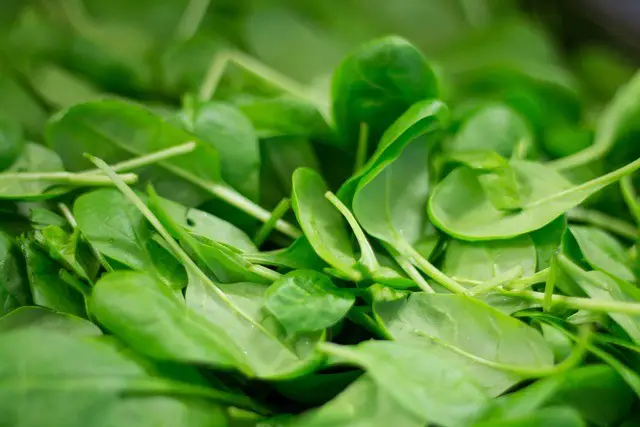
Non-starchy vegetables are a great addition to your low-carb recipes. Below-the-ground veggies like Irish potatoes, cassava, yam, and sweet potatoes are not ideal for low-carb diets. Vegetables are also rich in vitamins c, K, potassium, and iron which are necessary for the overall health of the body.
Some nutrients dense high fiber, and low-carb vegetables include:
- Artichokes: Half-cup serving size of artichokes hearts contain 7.7 g of net carbs and 3.5 grams of fiber.
- Asparagus: one cup serving of these veggies contain 4g of fiber and 7 g of net carbs.
- Cauliflower: from a cup serving of this veggie, you will get 5 g of net carbs and 3 g of fiber.
- Brussels sprouts: A cup of cooked Brussels sprouts provides 14 g of net carbs and 6 g of fiber.
- Collard greens: You will get 2 g of net carbs and 6 grams of fiber per cooked cup of collard greens.
- Red Cabbage: It contains 4.7 g of net carbs and 1.9 grams of fiber per cup.
- Mushrooms: A cup of cooked mushrooms contains 1.6 g of net carbs and 0.7 grams of fiber.
Low Carb, High Fiber Fruits
You can only eat berries, avocados, and melons when on a low-carb diet. Berries and avocados are low carb fiber fruits you can enjoy on keto. Raspberries, blueberries, blackberries, and strawberries are high in antioxidants that reduce oxidative stress and inflammation reducing the risk of chronic disease. They are also rich in nutrients like vitamins C, E, K, and manganese among others.
Here is the carb and fiber content in a cup of berries allowed on keto:
- Strawberries: 5.96 g of net carbs and 2 grams of fiber
- Raspberries: 11.9 g of net carbs and 8 grams of fiber
- Blueberries: 17.4 g of net carbs and 3.6 grams of fiber
- Blackberries: 13.8 g of net carbs and 7.6 grams of fiber
Avocados are rich in healthy fats that are good for the heart and are also high in fibers that improve cardiovascular biomarkers.
High Fiber, Low Carb Nuts, and Seeds
Another good example of low-carb, high-fiber foods is nuts and seeds. Nuts like almonds, cashews, macadamia nuts, pistachios, and Brazil nuts are high in healthy fats that enable your body to stay in ketosis and do not deteriorate your heart health. Low-carb, high-fiber seeds include chia seeds, sesame seeds, pumpkin seeds, and flax seeds.
Protein and healthy fats from nuts and seeds can also increase satiety and reduce hunger levels regulating blood glucose levels.
Low Carb, High Fiber Foods Ideas
You can incorporate low-carb, high-fiber foods into your diet by eating salads made from non-starch vegetables, drinking green smoothies, snacking on nuts, and adding seeds to your low-carb fruit bowl or smoothies.
Another good way to incorporate low carb fiber foods into your diet is to substitute high-carb foods with them. Instead of pasta or noodles, make zucchini or cucumber noodles to lower carb intake. You can substitute rice with cauliflower rice for a creamy texture while lowering your net carbs.
Bottom Line
Low carb fiber foods are an important addition to your low-carb, high-fat diet. Increase your intake of soluble fibers to help with blood glucose control and enjoy other benefits that come with eating high-fiber foods. Lower intake of refined or processed foods that provide rapidly digestible starches.
How do you incorporate low-carb, high-fiber foods into your diet? Drop your recipe for easing constipation down in the comments!
